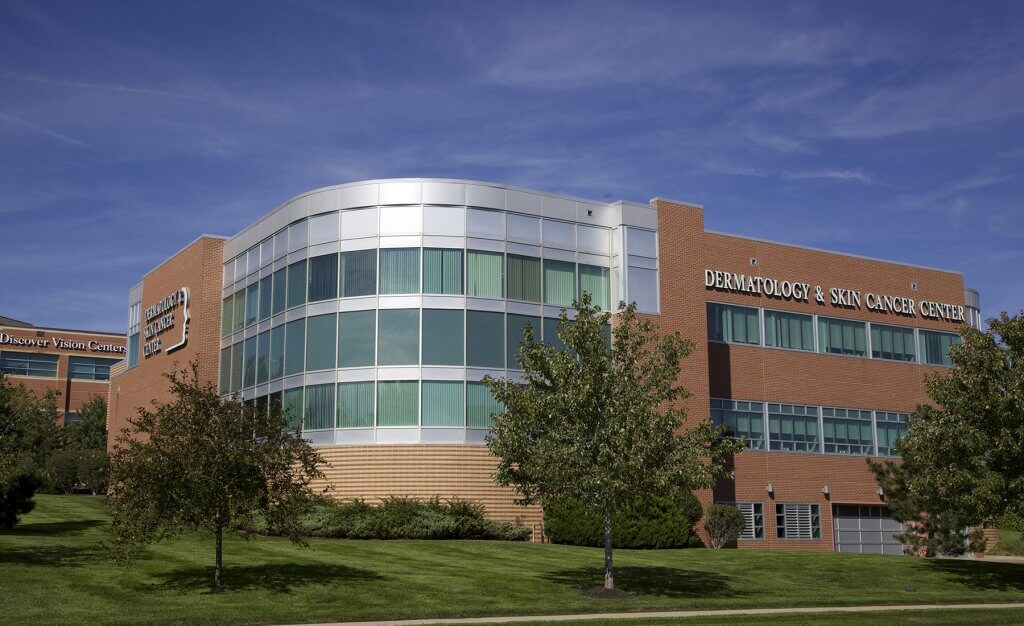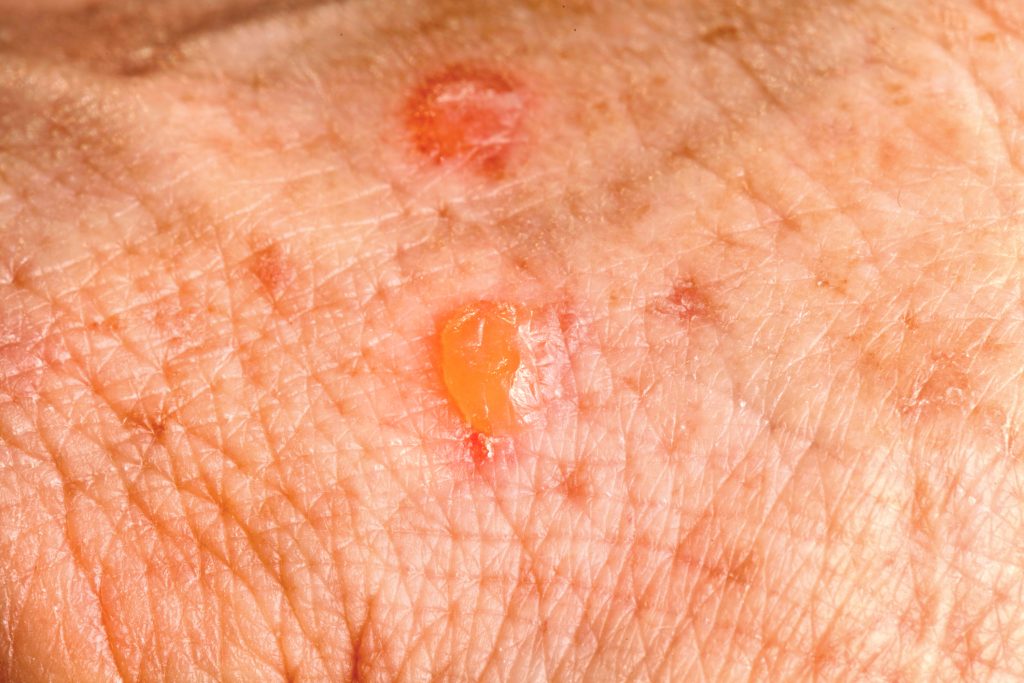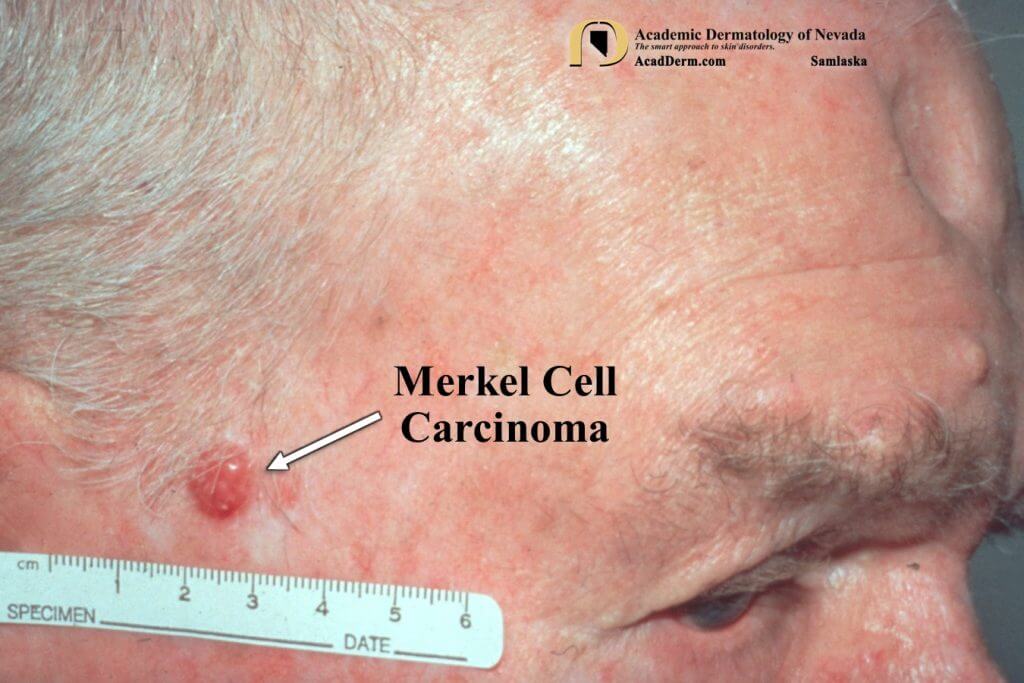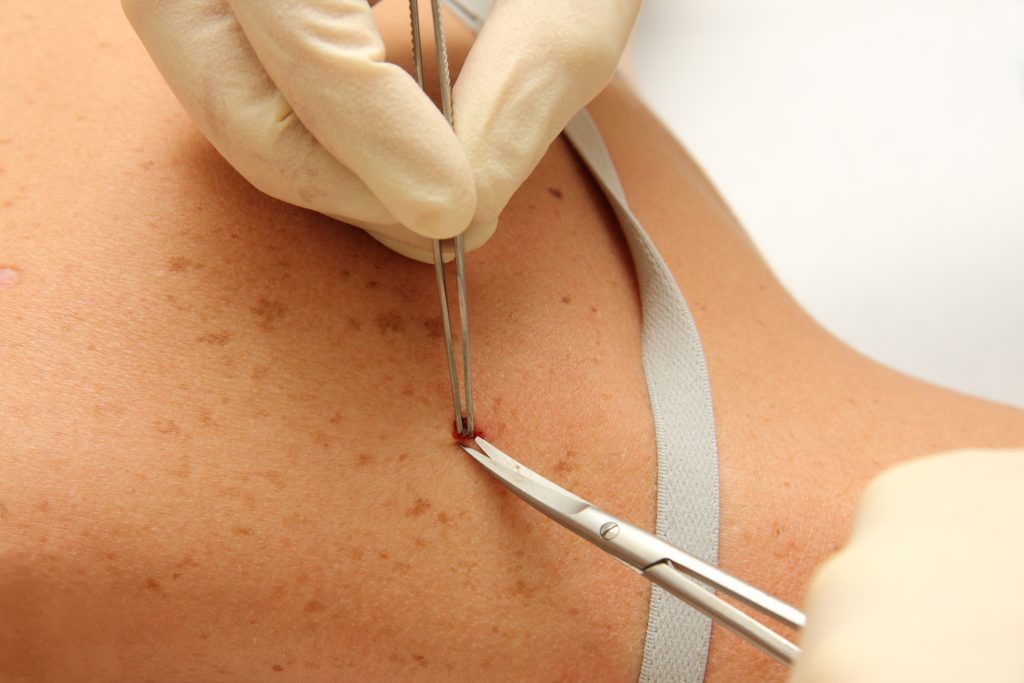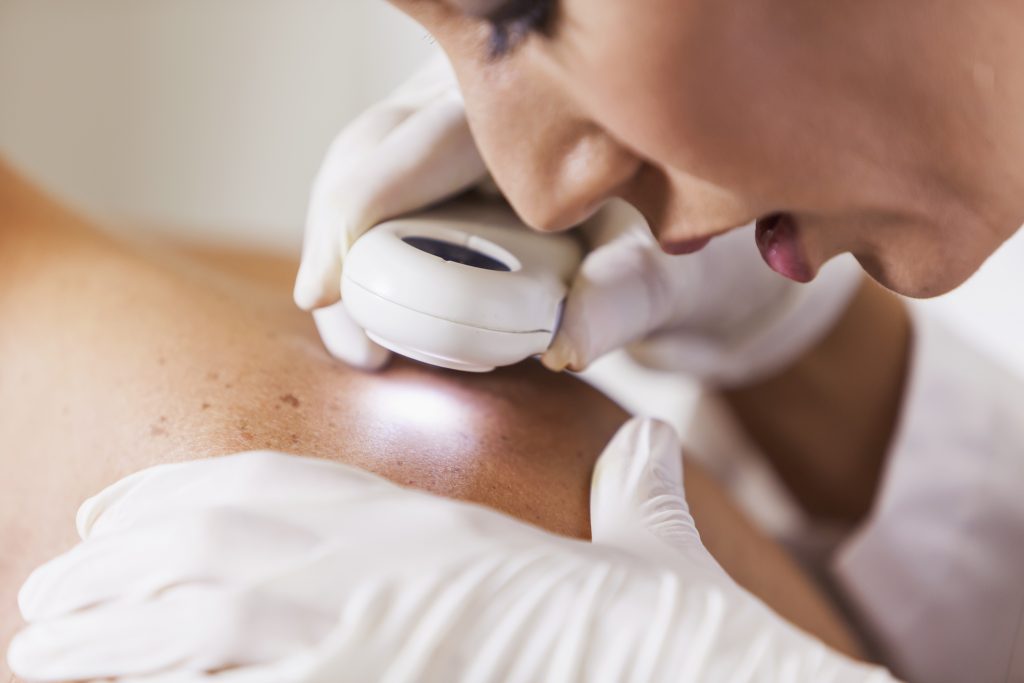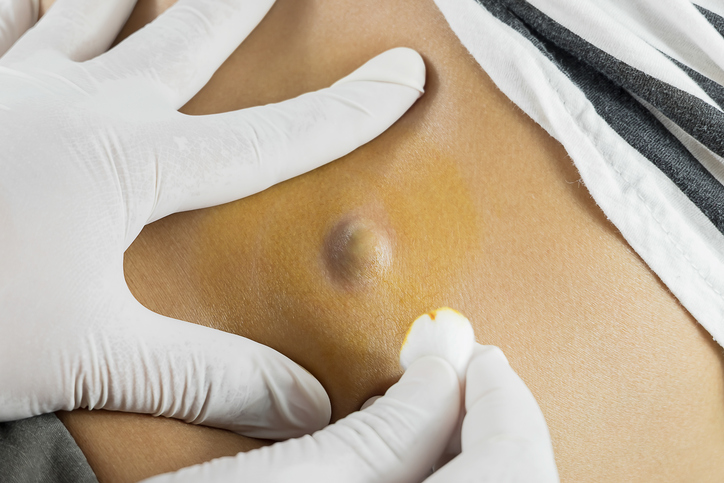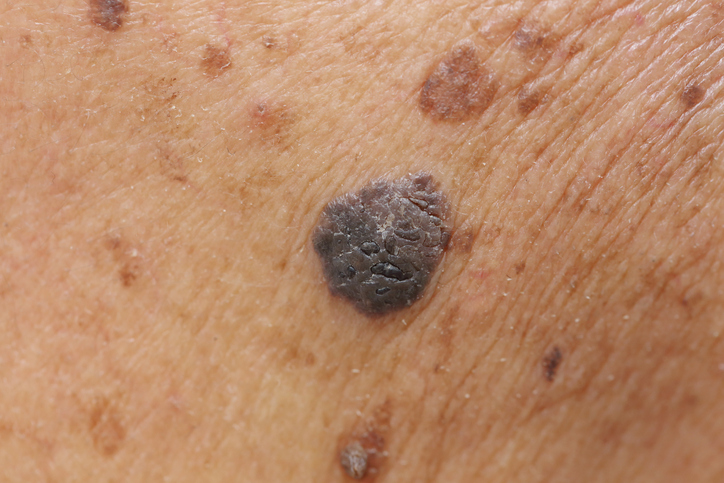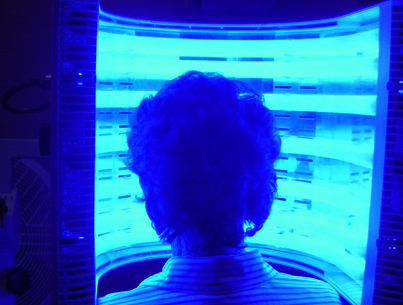Dr. Glenn Goldstein, a board-certified dermatologist and diplomate of the American Board of Dermatology, is the director of U.S. Dermatology Partners in Leawood, Kansas. Dr. Goldstein has been in practice in Kansas City for over 28 years. His training in internal medicine and dermatology was at the University of Kansas Medical Center. He subsequently completed his Mohs and dermatologic surgery fellowship at the University of Iowa Hospitals and Clinics.
Dr. Glenn Goldstein is a board-certified fellow of the American College of Mohs Micrographic Surgery and Cutaneous Oncology. His practice is distinguished by being one of the few certified training sites for Mohs surgery in the country. Dr. Goldstein is the past president of the American Cancer Society and the Kansas City Dermatological Society. He is currently a Clinical Associate Professor of Medicine in the Department of Medicine at the KU Medical Center. He is the author of over 40 medical publications.
Dr. Glenn Goldstein sees patients at U.S. Dermatology Partners Overland Park and U.S. Dermatology Partners Leawood.
Specialties and Affiliations
- American Board of Dermatology
- American College of Mohs Micrographic Surgery and Cutaneous Oncology
- American Cancer Society, former president
- Kansas City Dermatological Society, former president
- KU Medical Center Department of Medicine, clinical associate professor
Badges and Awards


Featured Articles
- Royals reliever's melanoma diagnosis hits close to home
- How a Large Dermatological Practice Survived the Pandemic
- KU School of Medicine Alumni Recognizes Dr. Glenn Goldstein







